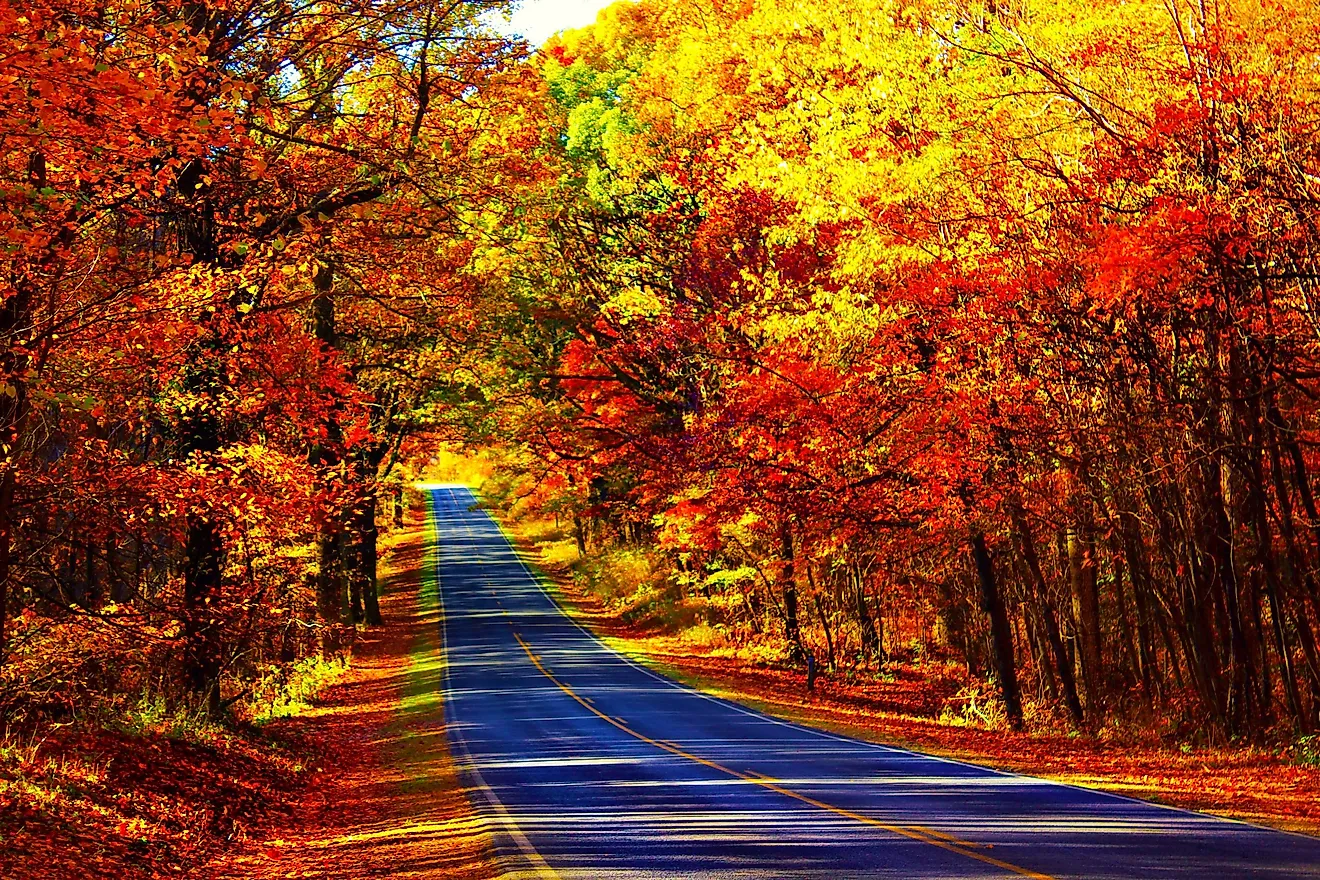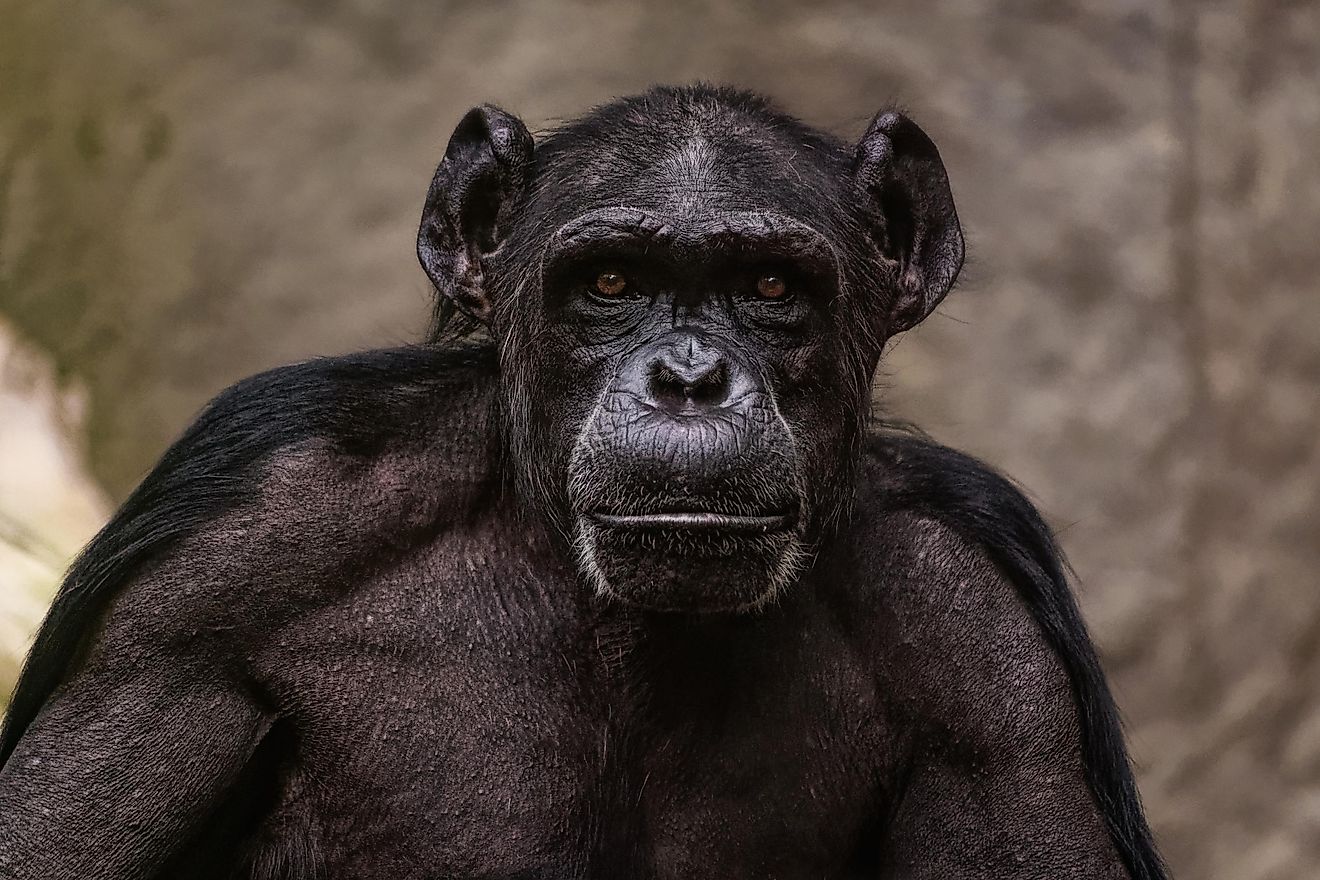Why Do Leaves Change Color?

Why Do Tree Leaves Change Color?
Fall, also known as autumn, marks a season of numerous changes in the weather. By extension, the trees found in regions that experience this season also go through changes. Normally, these tress have green leaves but during fall they change to a variety of beautiful colors such as purple, yellow, and red.
Chlorophyll
In the spring and summer, leaves are filled with a chemical pigment in its cells called chlorophyll. This pigment enables the leaf to serve as the source of energy for the plant. This is also the chemical that gives the leaf its green appearance. The process of making the nutrients for the plant is called photosynthesis. Through the chlorophyll, the leaf absorbs the required energy from the sun to make nutrients out of water and carbon dioxide. It is also important to note that leaves are not entirely green, however, chlorophyll is green and is the predominant chemical in leaves which hides other colors. These other colors are the ones that are responsible for the appearance of some fruits such as oranges and some berries.
As winter approaches…
Numerous changes take place to the plant as winter approaches. The temperature drops and the length and amount of daylight also reduces. Consequently, the nutrition-making process by the leaves come to a halt. The chlorophyll becomes unnecessary and thus disintegrates. The green hue of leaves disappears and the other colors masked by chlorophyll now become visible giving way to the jaw-dropping splendor of fall. Temperature also affects the colors of fall leaves. Higher temperatures leads to brighter colors and vice versa.
In the fall, an important process takes place. Leaves make red pigments which is a process that takes up vast amounts of energy from the tree, the same sustenance the tree would heavily rely on to survive the harsh and unforgiving winter. It is still unclear why this process happens but experts speculate that it must be important for it to use up such vast reserves of energy from the tree.
When these leaves finally fall, different trees show different colors. A myriad of leaves with different colors provide a picturesque image with colors ranging from orange for the sugar maple to red and purple for some. The colors are different because of variable amounts of chlorophyll in different leaves and of course the other pigments.
Some trees’ leaves fall off while others do not. For those trees whose leaves fall off, the tree ensures that there is some sort of scar where the leaf was attached to prevent the tree from the elements. To ensure that a scar is present, the tree ensures that the scar is fully formed before the leaf falls. In the North, the winter is harsher thereby forcing most tree species to shed their leaves except for a few species. In the South, however, the winters are milder and more trees keep their green colors throughout the winter.











